Sony A6700 vs A7C: full-frame and mirrorless cameras go head to head
Our Sony A6700 vs A7C comparison pits Sony's advanced APS-C hybrid camera against its entry level full frame model
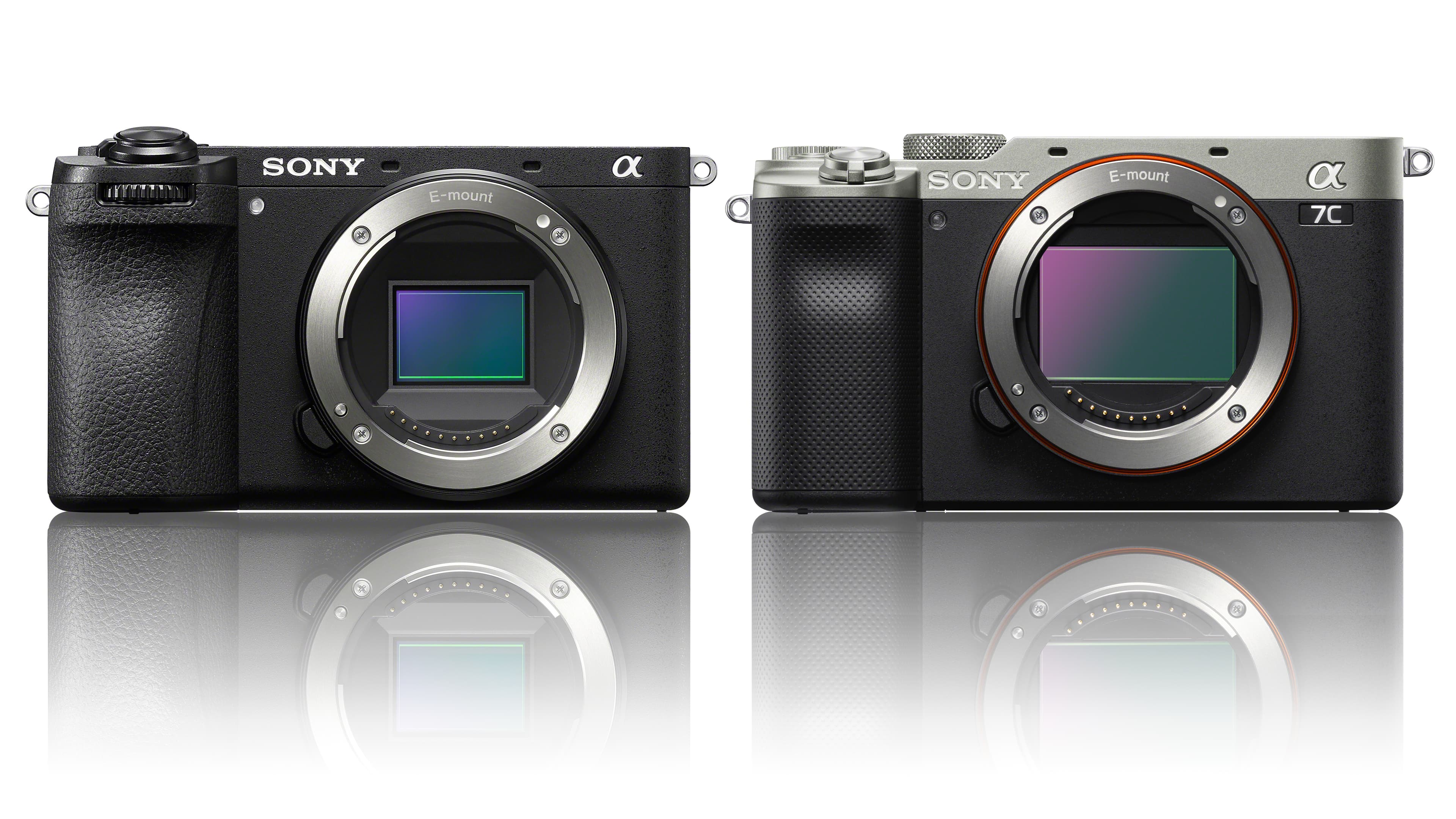
The Sony A6700 is the company's flagship APS-C camera, while the A7C is its cheapest full frame model. Both are hybrid stills/video cameras designed for content creators who need to shoot both types of content.
The Sony A6700 is packed with power but uses a smaller sensor, while the Sony A7C has less sophisticated video features but a bigger full frame sensor. It's a tricky decision! Our Sony A6700 vs A7C comparison drills down into all the key features and differences to help you decide which camera might be best for you.
Hybrid cameras are big news these days, and the new Sony A6700 has all the qualifications to be amongs the best hybrid cameras you can buy right now. Alternatively, the Sony A7C, while not our favorite camera for handling or cutting edge tech, is still one of the best Sony cameras for beginners and, with its retracting 28-60mm kit lens, is worth considering amongst the best cameras for travel.
The reason we're comparing them, and why we think many buyers will too, is quite simple – price. The Sony A7C is only a little more expensive than the A6700, but brings all the benefits of a full frame sensor – better sensitivity and dynamic range, less noise and the potential for shallower, more 'cinematic' depth of field.
There are also many more full frame Sony FE mount lenses than there are APS-C E-mount optics, and while you can of course fit full frame lenses on the A6700, this will bring a 1.5x crop factor which restricts their angle of view.
So let's take a much closer look at these cameras' key features and how they compare in order to see where their strengths lie and which might be best for different types of users.
Sony A6700 vs A7C in 2025
Why you can trust Digital Camera World
1. Sensor/processor
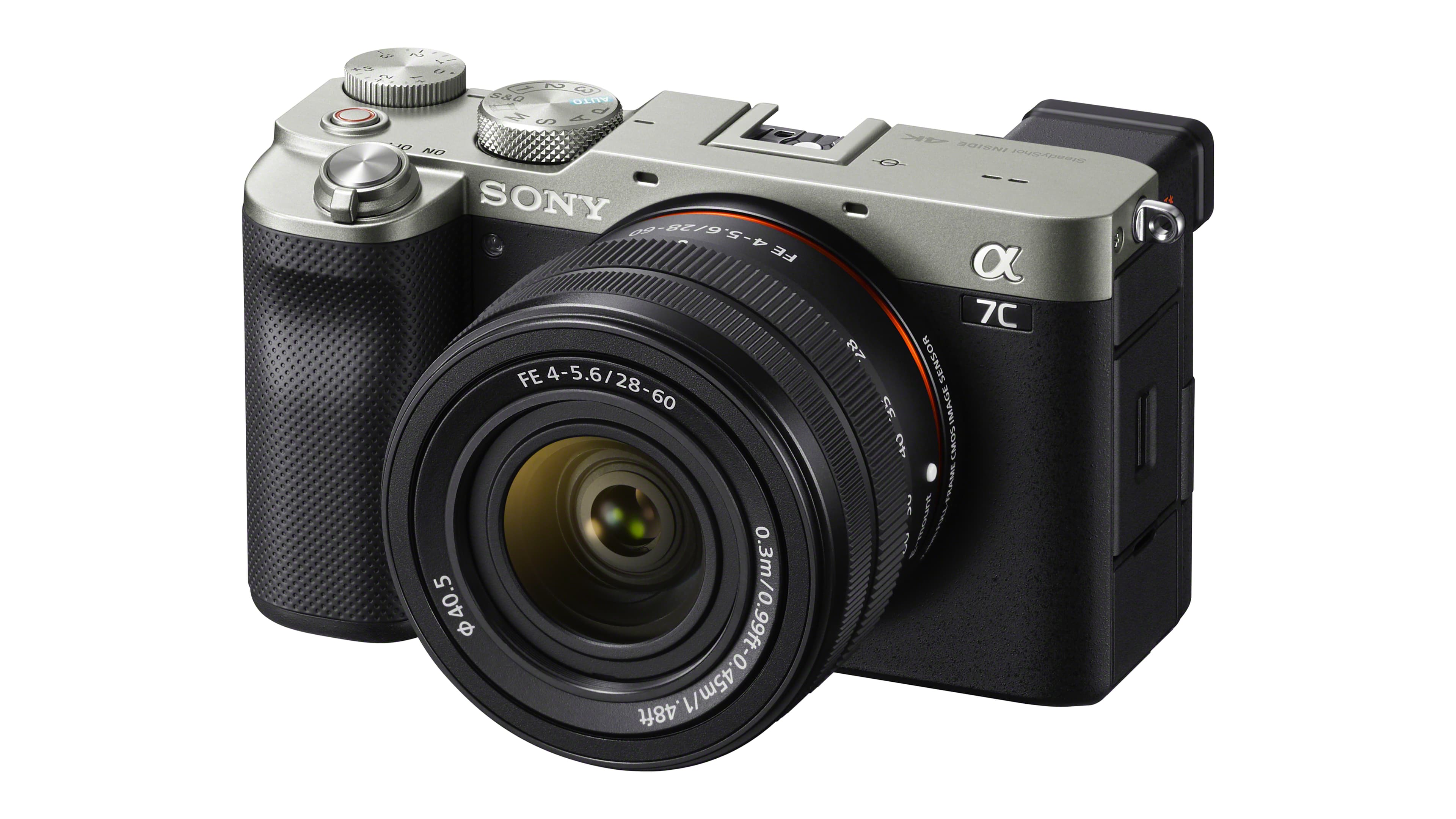
• Sony A6700: 26MP APS-C back-illuminated Exmor R CMOS image sensor with BIONZ XR
• Sony A7C: 24MP full frame back-illuminated Exmor R CMOS with BIONZ X
The AP-C sensor in the A6700 is a more modern design and in fact has a slightly higher resolution, though this won't have any real practical implications for either stills or video. The key difference here is the sensor size. The larger sensor in the A7C is likely to deliver just a little less noise at higher ISO settings and perhaps a small advantage in dynamic range.
The main factor, though, is that bigger sensors use longer focal length lenses to achieve the same angles of view, and this brings shallower depth of field. If that's the look you like, the A7C will do it just a little better.
And while Sony has, to its credit, continued to develop its APS-C lens range alongside its full frame optics, the Sony A7C does offer a somewhat wider lens choice.
2. ISO range
• Sony A6700: 100 to 32000 standard range, exp ISO 50 - 102400 for stills
• Sony A7C: ISO 100-51200, exp ISO 50-204800
The advantages of the larger full frame sensor in the A7C are reflected in its higher ISO range. The APS-C Sony A6700 tops out at ISO 3200 (this can be expanded to ISO 102400 for stills), but the A7C goes higher still at ISO 51200 in its standard range and ISO 204800 expanded. With the A7C, Sony said it concentrated on noise control in the middle ISO range.
3. Autofocus
• Sony A6700: Still images: Max. 759 points (phase-detection AF) Movies: Max. 495 points (phase-detection AF), AI processing unit from A7R V, human, animal, bird, insect, car/train, and airplane recognition for both stills and video
• Sony A7C: 693 phase-detection AF points cover approx. 93% of the image area, same AF advancements as Sony A9, AI-based Real-time Tracking and Real-time Eye AF, Real-time Eye AF for Animals
Sony's autofocus advances continue at breakneck speed, and the Sony A6700 now has the dedicated AI processor first introduced in the Sony A7R V. This allows AI subject recognition for all kinds of common objects including humans, animals, birds, insects, cars/trains, and airplanes. It also has a huge number of phase detect AF points – 759 for stills and 495 for video.
The A7C does not have this sophisticated AI AF, but it's no slouch. With 693 phase detect AF points of its own, covering 93% of the frame area, it uses AI-based Real-time Tracking and Real-time Eye AF for humans and animals. It doesn't have the same subject recognition, but it does use Sony's clever distance/pattern based tracking tech that may prove perfectly effective in its own right, depending on your subjects and shooting style.
4. Video
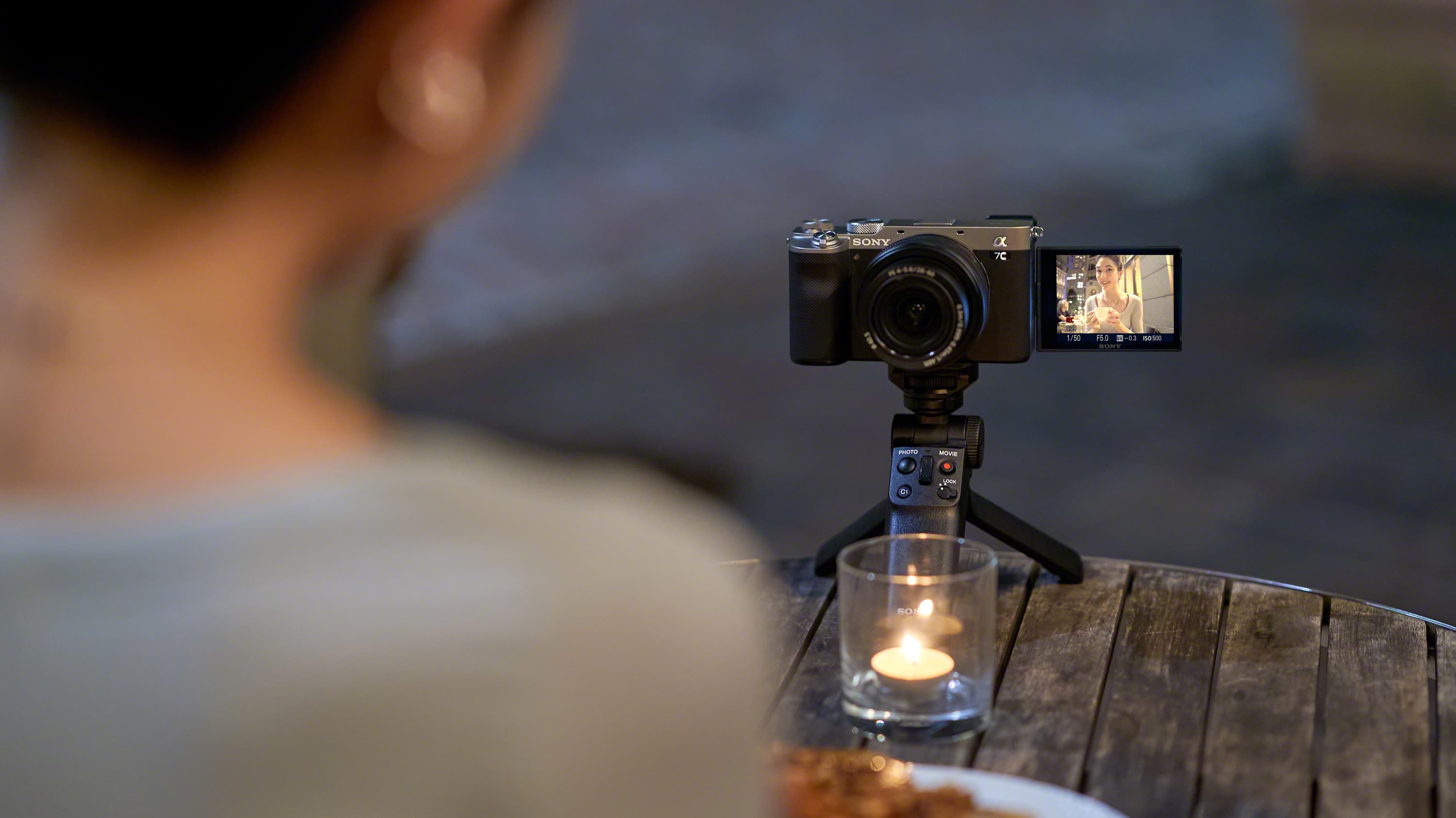
• Sony A6700: 4K 30/60p from 6K oversampling, up to 120p (38% crop), 4:2:2 10-bit internal recording, 14+ stops dynamic range (S-Log3) , S-Cinetone picture profile, AI-driven Auto-Framing (cropped from 4K resolution)
• Sony A7C: 4K 30p oversampled from 6K, up to 120p FHD in S&Q mode, 4:2:0 8-bit internal recording, 4:2:2 8-bit via HDMI, 15 stops dynamic range (S-Log3)
This is where the Sony A6700 streaks ahead. We thought when the A7C was launched that its 4K 30p maximum was a bit pedestrian, and it looks even more so now. Both cameras capture full-width 4K video oversampled from 6K capture, but while the A7C is stuck at 30p, the A6700 can also capture at 60p and, with a crop, 4K 120p.
The A6700 is also better for color grading. Both cameras offer Sony's S-Log3 capture, but the A7C is limited to 4:2:0 8-bit capture, while the A6700 can record 4:2:2 10-bit internally, which offers more data for effective color grading. The A7C has a slight dynamic range advantage in S-Log 3 mode (15 stops vs 14+ stops), but any difference might be hard to spot.
The Sony A7C looks fine if 30p 4K capture is enough and you don't do too much color grading, but the A6700 is a much more powerful camera for serious filmmakers.
5. Stabilization
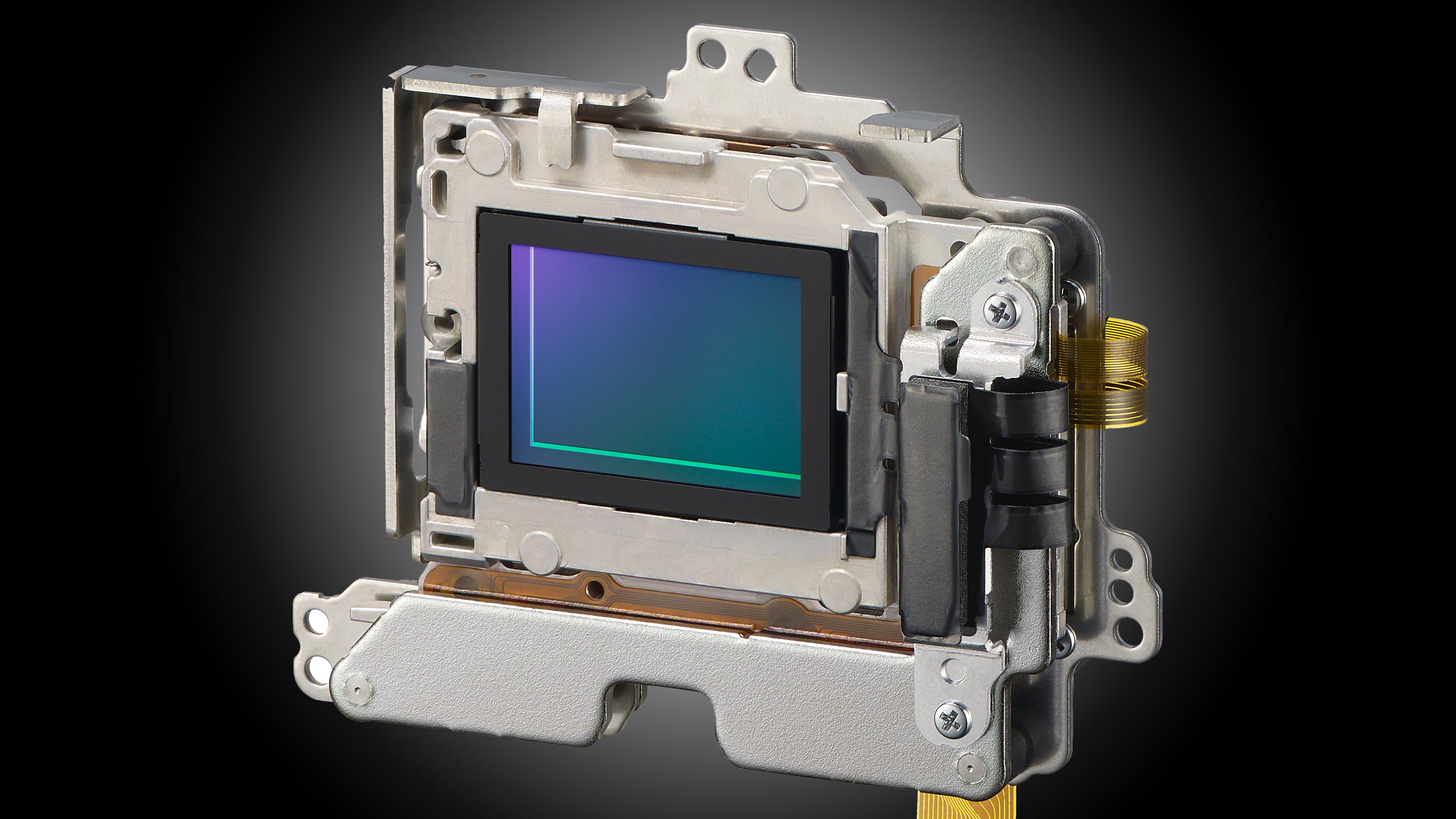
• Sony A6700: 5-axis IBIS, 5-stop of compensation, Active Mode DIS (slight crop)
• Sony A7C: 5-axis IBIS, 5-stop compensation
Both cameras have 5-axis in-body stabilization, both rated at 5 stops of compensation, so there's no clear winner here. The Sony A6700 does have Sony's Active digital stabilization mode to offer extra shake reduction, though this does come with a crop factor. The A7C does however, uses Sony's gyro stabilization system, and its own Catalyst video software can use this to apply digital anti-shake – though it does mean an extra step in your editing workflow.
6. Continuous shooting
• Sony A6700: 11fps, JPEG Fine/Standard: over 1000 frames , raw: 59 frames
• Sony A7C: 10fps, 223 JPEG, 115 raw
You probably wouldn't choose either of these cameras specifically for shooting sports and action, but they both do it pretty well. The A6700 can shoot slightly faster at 11fps, but the 10fps of the Sony A7C is so close you probably won't notice much difference.
But while the A6700 has a better buffer capacity when shooting JPEG images, the A7C has a higher capacity for raw files, with the potential to capture a 10-second burst without slowing.
7. Viewfinder and screen
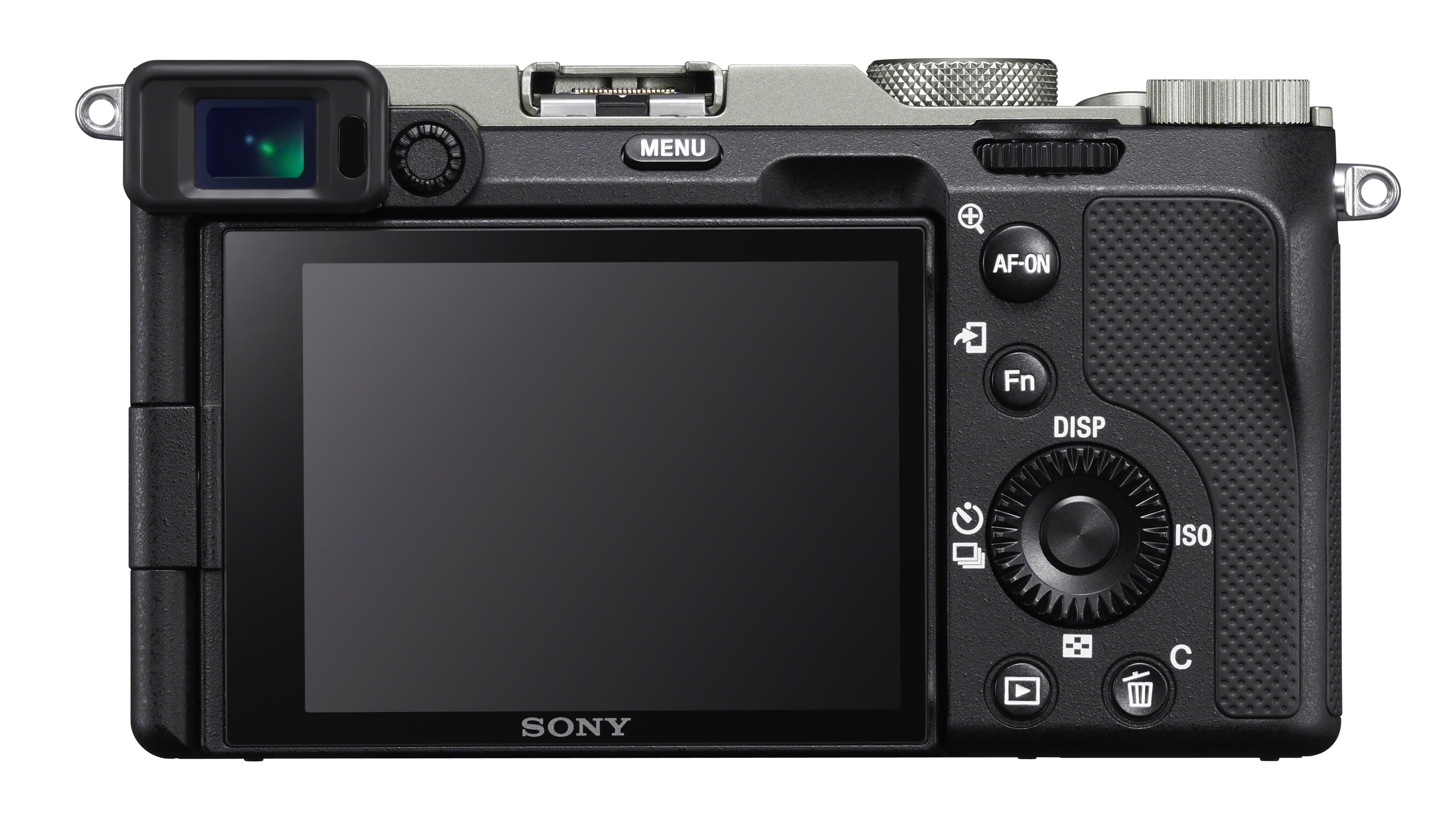
• Sony A6700: 0.39-inch, 2,359k dot EVF, 0.7x magnification, 3-inch vari-angle touchscreen, 1,036k dots
• Sony A7C: 0.39-inch, 2,359k dot EVF, 0.59x magnification, 3-inch vari-angle touchscreen, 921k dots
There's no difference in the resolution of the electronic viewfinders on these two cameras, but a closer look at the specs reveals that the A7C has a significantly lower magnification, and many reviewers have commented on the rather cramped viewfinder. The higher magnification of the A6700's EVF is a definite advantage.
The rear screens are much more similar. Both cameras have 3-inch vari-angle flip-out touchscreens, and while the display on the newer A6700 has a slightly higher resolution, the 921k dot screen on the A7C is practically as sharp.
8. Storage
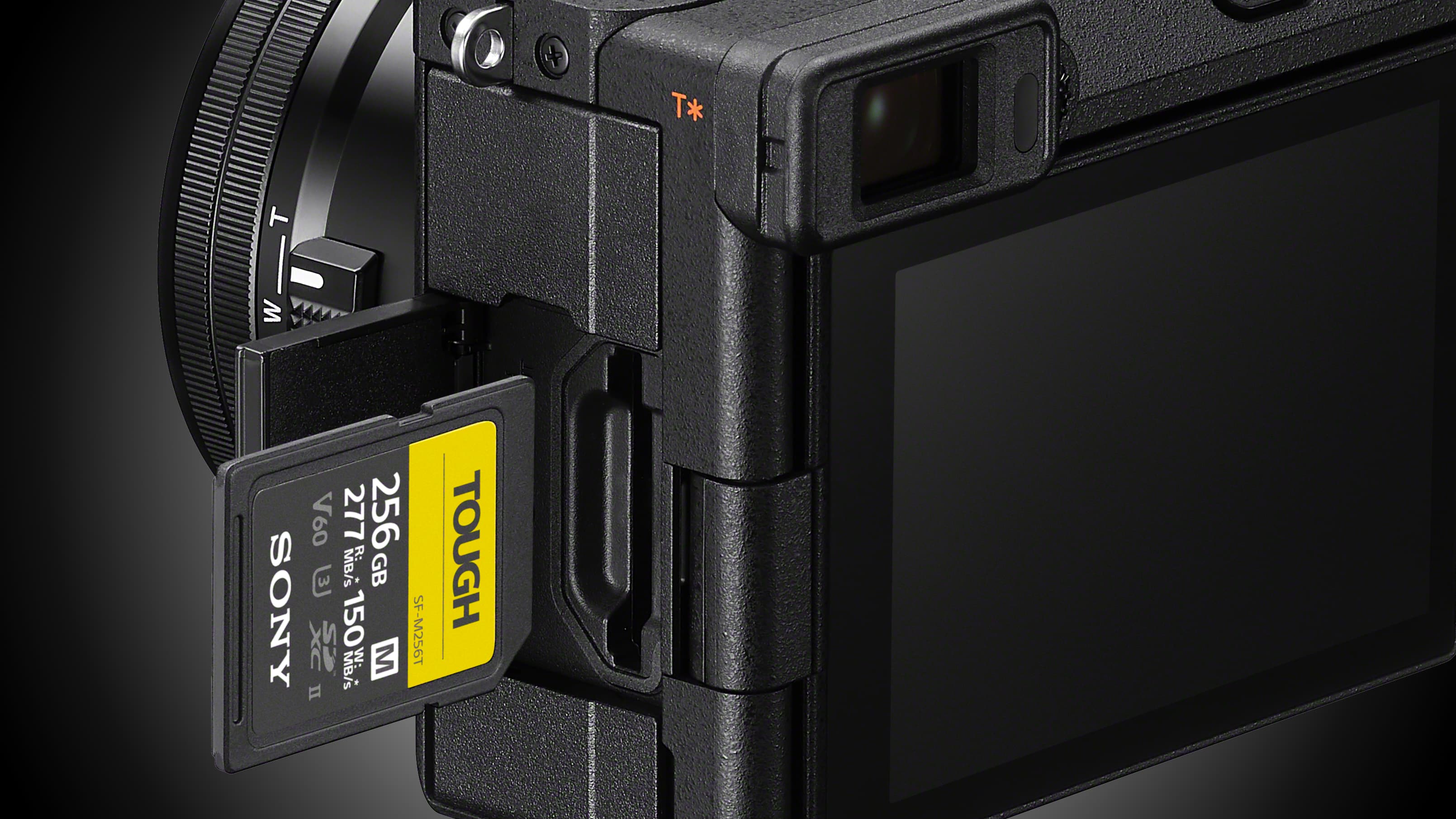
• Sony A6700: 1x SD UHS II
• Sony A7C: 1x SD UHS II
We're slightly surprised that Sony didn't included a dual-format SD/CFexpress Type A card slot in the A6700 to take full advantage of its processing power and video capabilities. As it is, both cameras use a single SD UHS II compatible card slot, so there are no differences here.
9. Power
• Sony A6700: NP-FZ100, Approx. 550 shots (Viewfinder) / Approx. 570 shots (LCD monitor) (CIPA standard), USB Type C PD
• Sony A7C: NP-FZ100 battery, 680 shots viewfinder, 740 shots LCD, USB Type C PD
There are no differences either in the batteries, as both models use Sony's high-capacity NP-FZ100. What is curious, though, is that you don't get quite as many shots on the A6700 as you do on the A7C – and we noted in our Sony A6700 vs A6600 comparison that Sony's new camera was down on battery life compared to its predecessor too.
550/570 shots on a full charge is still pretty good going for a compact mirrorless camera, but the Sony A7C is better still with 680/740 shots on the same battery. Filmmakers will probably carry spares anyway, but stills photographers may be convinced not just by the A7C's full frame sensor but by its longer battery life too.
10. Connectivity
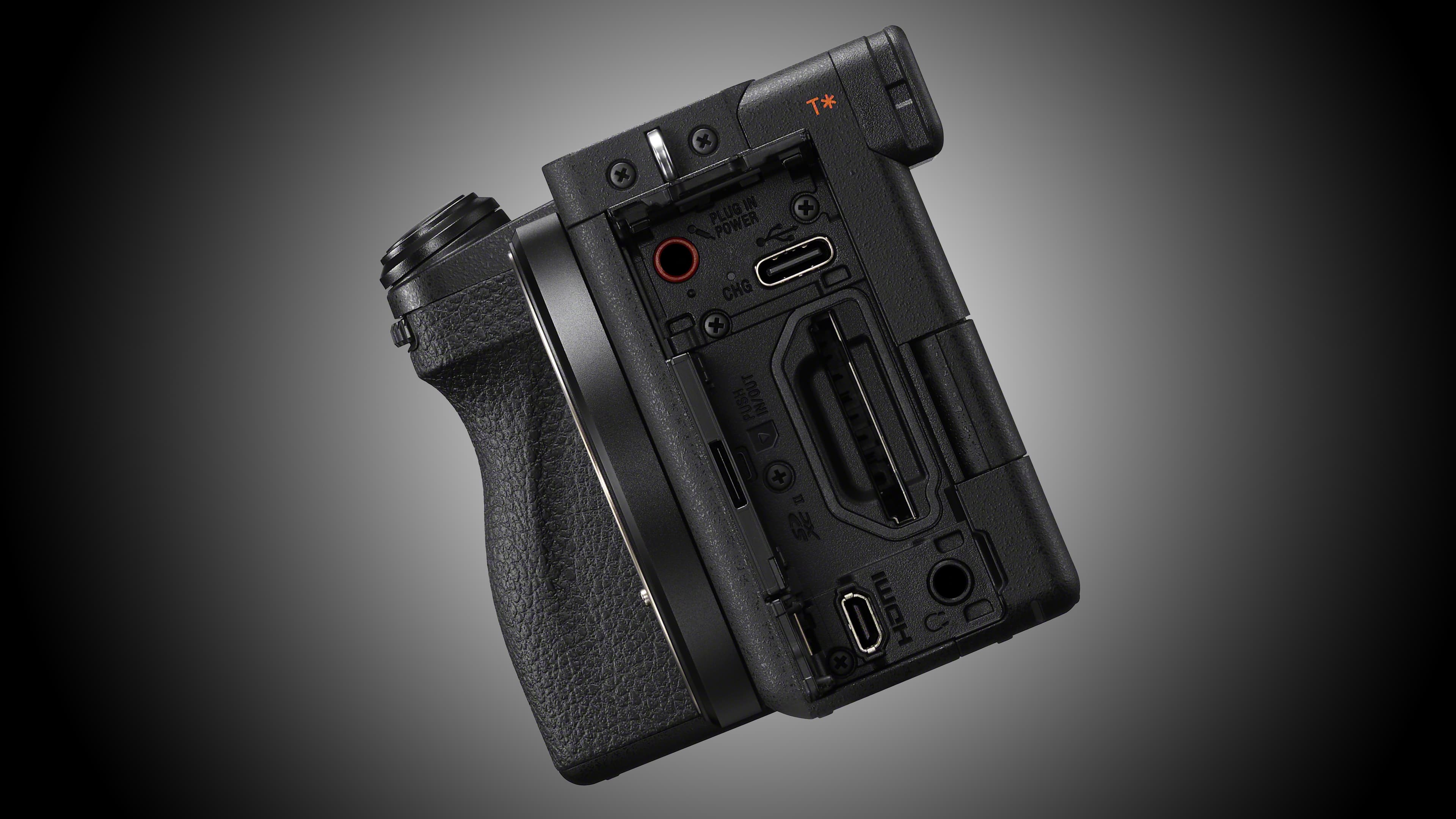
• Sony A6700: Multi-Interface (MI) Shoe, USB Type C, HDMI micro connector (Type-D), 3.5mm mic, 3.5mm headphone, Remote, Wi-Fi, Bluetooth
• Sony A7C: Multi Interface (MI) Shoe, USB Type C, HDMI micro connector (Type-D), 3.5mm mic, 3.5mm headphone, Wi-Fi, Bluetooth
The Sony A6700 and A7C have the same set of connection options. These include Sony's bespoke Multi Interface (MI) shoe for attaching its digital mics, though you can connect regular analog mics to both cameras via their 3.5mm mic sockets. They both have 3.5mm headphone sockets for audio monitoring too.
The A6700 and A7C use modern USB-Type C connectors which support in-camera charging, but they also have smaller HDMI Type-D micro-connectors rather than full-size HDMI, which won't please everyone.
11. Size and weight

• Sony A6700: 122.0 x 69.0 x 75.1 mm, 409g
• Sony A7C: 124 x 71.1 x 59.7mm, 509g
As you would expect, the Sony A7C is heavier than the A6700, but not by much. The A6700 uses recycled plastics to keep its weight down to just 409g, but at 509g the full frame A7C is still something of a lightweight.
The physical dimensions are closer still. The A7C is a couple of millimetres wider and taller than the A6700 but has a much slimmer grip so the body is not as deep overall. Sony does claim that with the FE 28-60mm lens the A7C is the smallest full frame mirrorless camera in the world , and while that may be true, that claim relies more on the size of this retracting lens than the camera. Add a regular size full frame FE lens, and the A7C loses much of its claim to compactness.
12. Price

• Sony A6700: $1398/£1449 body only, $1498/£1549 with 16-50mm, $1798/£1799 with 18-135mm
• Sony A7C: $1798/£1699 body only, $2098/£1969 with 28-60mm lens
The Sony A7C is rarely discounted, and even when it is the savings are pretty modest. As a result, it's held its price well (a bit too well!) and remains around $400/£300 more expensive than the A6700. As a value proposition it doesn't look so good. But then you are getting a full frame sensor with all the advantages that brings. The A6700 certainly offers more tech and features for less money, but it does have a smaller APS-C sensor.
Sony A6700 vs Sony A7C: conclusions

The Sony A6700 is Sony's most powerful APS-C camera yet, and especially impressive for its hybrid stills/video capabilities. It's a pretty good stills camera too, with its new 26MP sensor, but it's even better as a video tool, with dramatically improved frame rates and capture options compared to its predecessor.
But it's also quite expensive, and quite close to the price of the full frame Sony A7C. This is an older camera with less sophisticated video features but with a full frame sensor, offering advantages in image rendering and lens choice.
If your primary interest is stills photography, the Sony A7C looks to us to be the better option. But if your primary interest is more advanced video techniques, vlogging and filmmaking, the A6700 is a lot more appealing.
See also Sony A6700 vs A6600
and Sony A6700 review or Sony A7C review
Get the Digital Camera World Newsletter
The best camera deals, reviews, product advice, and unmissable photography news, direct to your inbox!

Rod is an independent photography journalist and editor, and a long-standing Digital Camera World contributor, having previously worked as DCW's Group Reviews editor. Before that he has been technique editor on N-Photo, Head of Testing for the photography division and Camera Channel editor on TechRadar, as well as contributing to many other publications. He has been writing about photography technique, photo editing and digital cameras since they first appeared, and before that began his career writing about film photography. He has used and reviewed practically every interchangeable lens camera launched in the past 20 years, from entry-level DSLRs to medium format cameras, together with lenses, tripods, gimbals, light meters, camera bags and more. Rod has his own camera gear blog at fotovolo.com but also writes about photo-editing applications and techniques at lifeafterphotoshop.com
